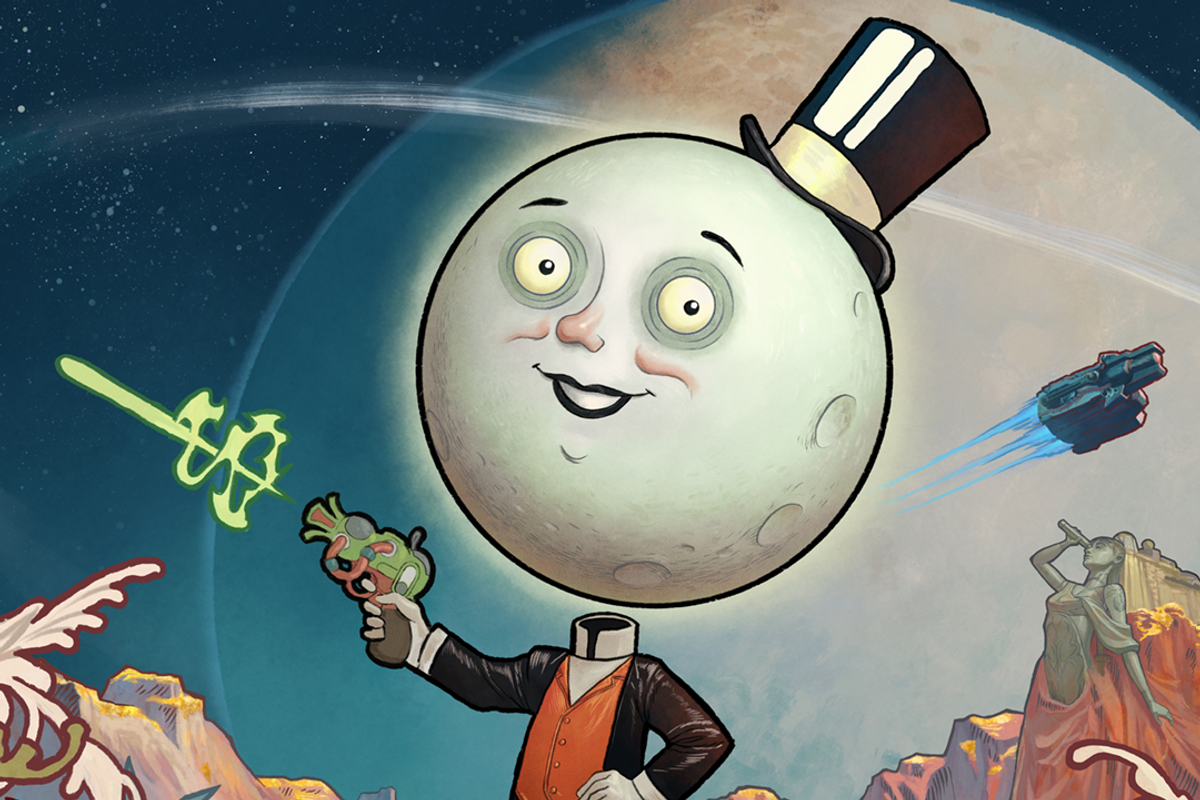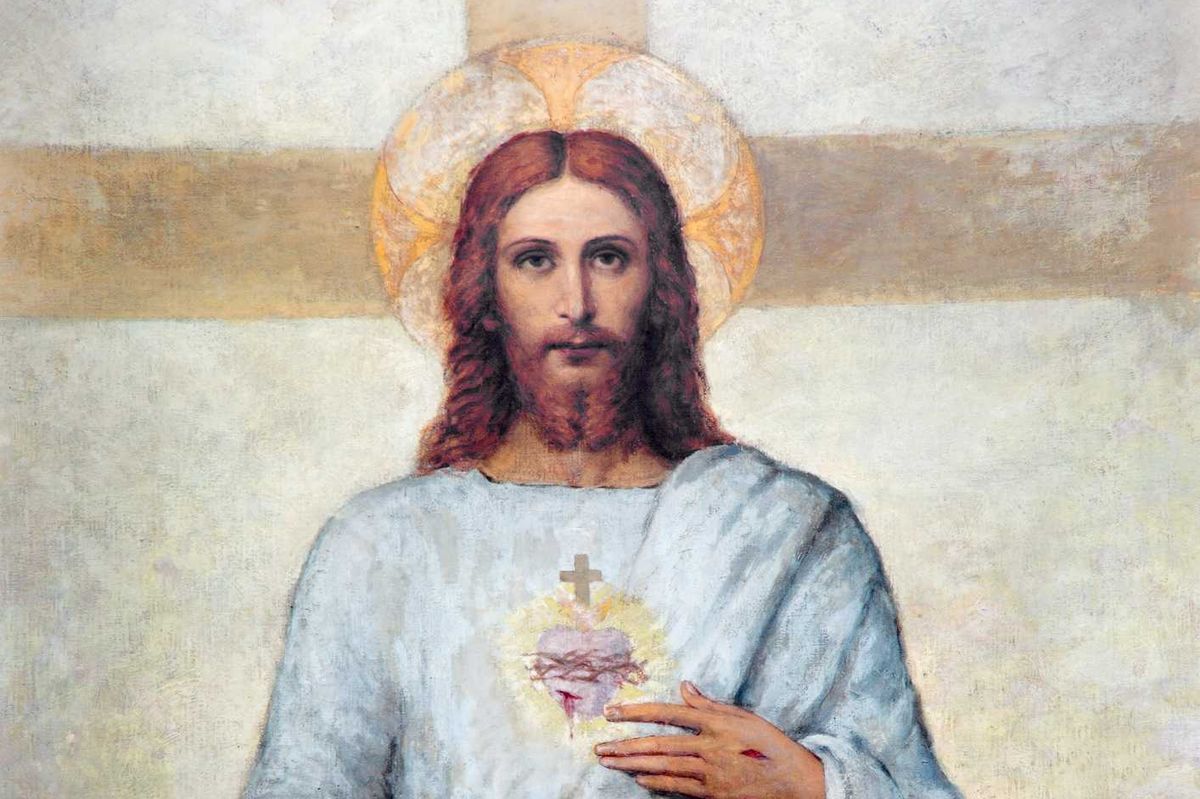Science & Tech
Harriet Brewis
Jun 04, 2024
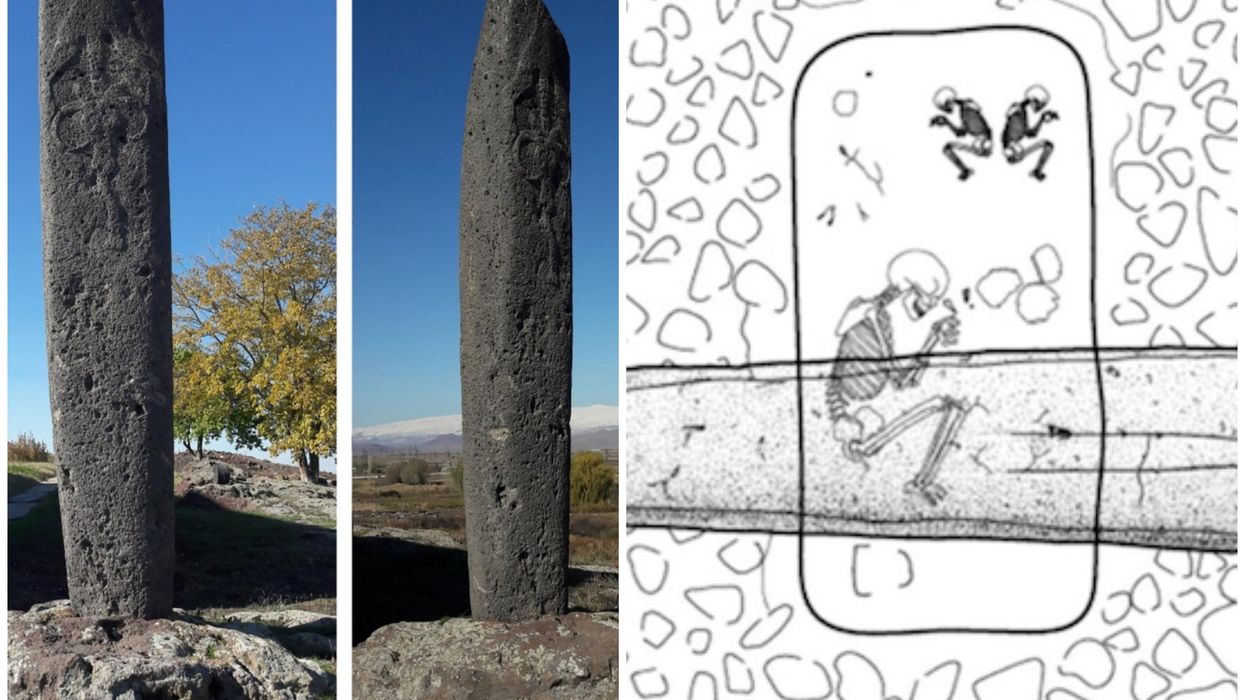
Scientists have discovered a truly exceptional burial marked by a towering 'dragon stone'
(Bobokhyan et al, Journal of Archaeological Science: Reports 2024/A. Hakhverdyan)
A 2,700-year-old grave containing the remains of a woman and two babies has become the site of an extraordinary scientific discovery.
The bodies were found buried beneath a 3.5-metre (9.8-foot) slab, known as a “dragon stone", in what is present-day Armenia.
The tall columns are understood to be named after local folk legends, in which dragons, taking the form of bulls, fish, or snakes, served as guardians of water and thunder up in the mountains, IFL Science reports.
To date, around 150 dragon stones have been discovered, mostly in the high plains of what is now Armenia and the neighbouring regions of southern Georgia and eastern Turkey. They are thought to represent areas of ceremonial significance or burials of high profile figures.
They tend to be found hidden in secluded areas where there is plenty of water and, so far, archeologists have identified three types: ones with fish-shaped carvings (known as piscis); ones that look like the remains of bovids, such as cows and sheep, (known as vellus); or a combination of the two (hybrid).
The dragon stone under which the babies and women were buried is an example of the vellus style, depicting the hide of a bovid draped over the top of the stone, with “liquid” flowing from its mouth, representing water, blood, or a synecdoche of both,” according to an international team of researchers.
The stone was discovered in 1980 in an ancient cemetery called Hamaliri taratsk close to the Armenian village of Lchashen, near Lake Sevan – a site of major Bronze and Iron Age archeological interest.
And yet, the admittedly stunning details of this towering landmark are not the most exciting aspect of this find.
Rather, the identities of the grave’s inhabitants or, more specifically, their relationship, has caused a stir among the scientific community.
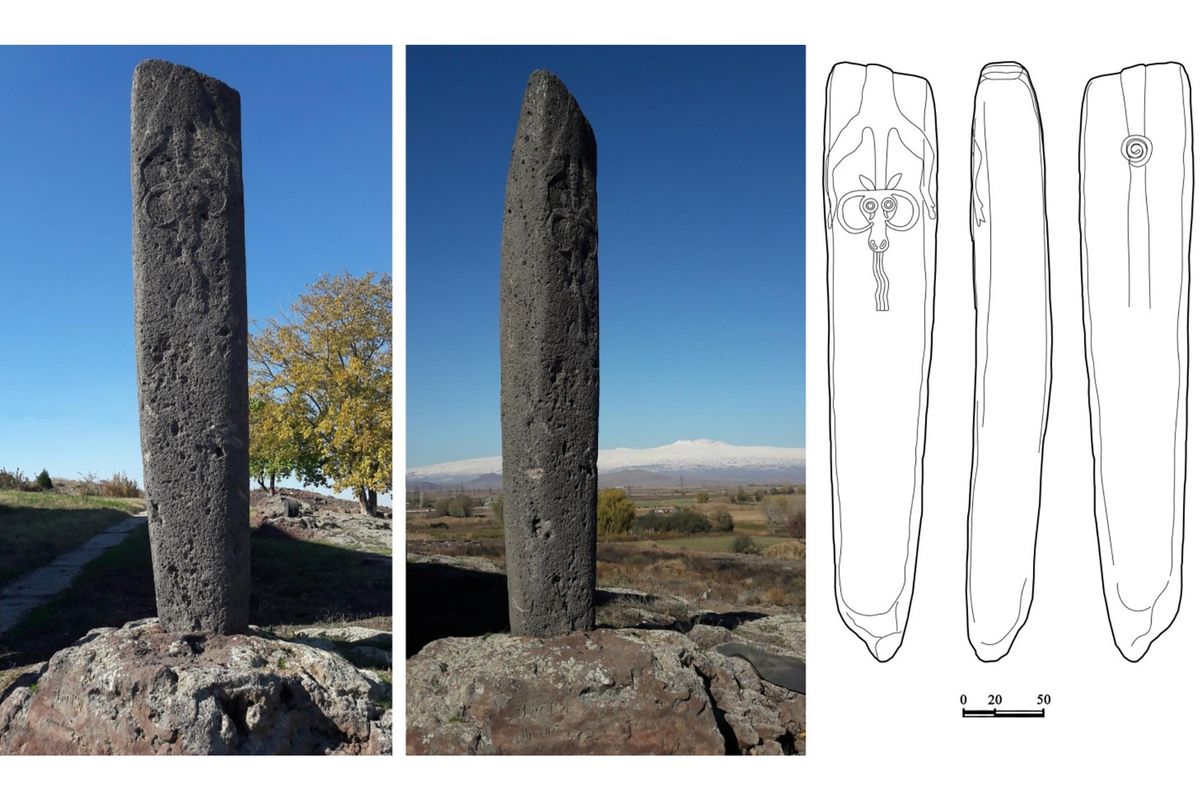
Sadly, the woman’s bones are now missing, having reportedly been sent to Russia in the 1980s for further analysis and never returned.
However, the bones of the two infants – dubbed Dragon1 and Dragon2 – have been carefully tested, with radiocarbon dating confirming that they both died sometime between 1616-1503 BCE, and were aged between zero and two months.
Still, this analysis alone can’t determine whether or not the children died and were buried together at the same time, and it’s possible that they were, in fact, placed in the same grave years or decades apart.
Though, the researchers – based at institutions in Armenia, Ireland, Denmark Italy, and Germany – find this unlikely.
This is because, from an archaeological perspective, the burial site doesn’t seem to be a multigenerational tomb.
“Multigenerational tombs are not attested among the over 400 tombs excavated at Late Bronze Age Lchashen, nor are they in any other contemporary necropolis in Armenia,” they explain in a study, published in the Journal of Archaeological Science.
If true, then the babies would have been buried together, with genomic evidence indicating that they were second-degree relations, sharing around 25 percent of DNA.
“Biologically speaking, this may result from the two individuals being (a) half-sisters, (b) aunt (likely maternal) and niece, (c) double-cousins or (d) grandmother (likely maternal) and granddaughter,” the author’s write.
Still, it’s impossible that the infants were grandmother and granddaughter and highly improbable that they were aunt and niece – a scenario which would require one parent and their offspring to each have a daughter and lose them at the same time, as IFL Science notes.
This then suggests that the babies may have been half-sisters which, based on mitochondrial analysis and other information, could amount to a rare example of heteropaternal superfecundation.
This unusual situation occurs when a mother carries twins from different fathers.
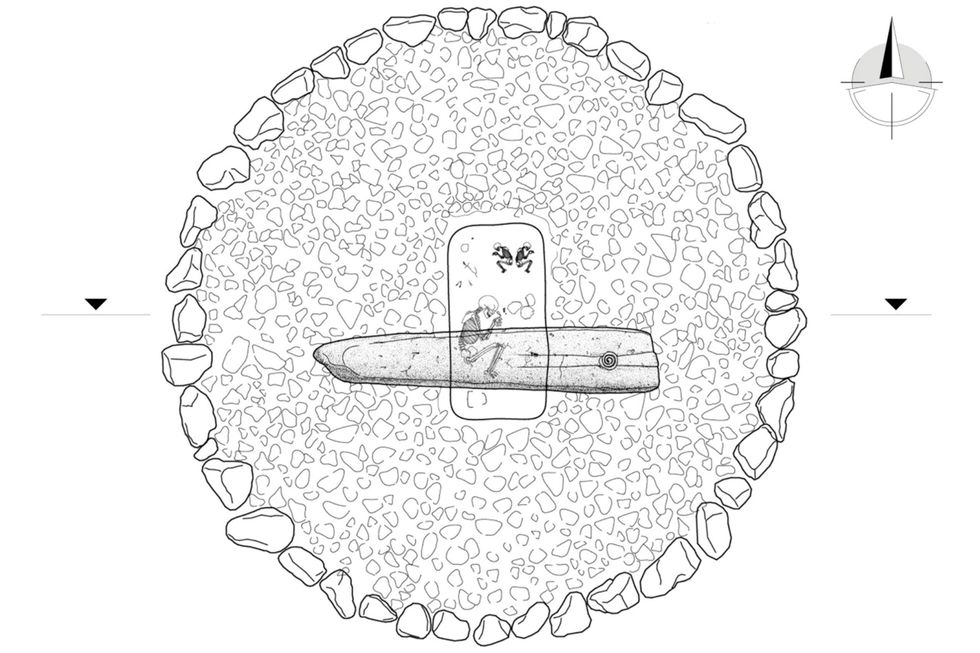
Nevertheless, the pair’s precise relationship can’t be determined from the DNA data alone, particularly in the absence of the woman’s skeleton.
At any rate, the mystery is significant, as the researchers explain in their paper.
“The event envisaged by the burial is in any case exceptional, both from the point of view of genetics and from the archaeological viewpoint,” they write.
“In Late Bronze Age Armenia in general and at Lchashen in particular, burials of children are rare and the burial of two newborns combined with a monumental stela is unique.”
Indeed, they argue, the exceptional nature of these three individuals may well explain why they were placed under the grandeur of a dragon stone.
Sign up for our free Indy100 weekly newsletter
How to join the indy100's free WhatsApp channel
Have your say in our news democracy. Click the upvote icon at the top of the page to help raise this article through the indy100 rankings
Top 100
The Conversation (0)



